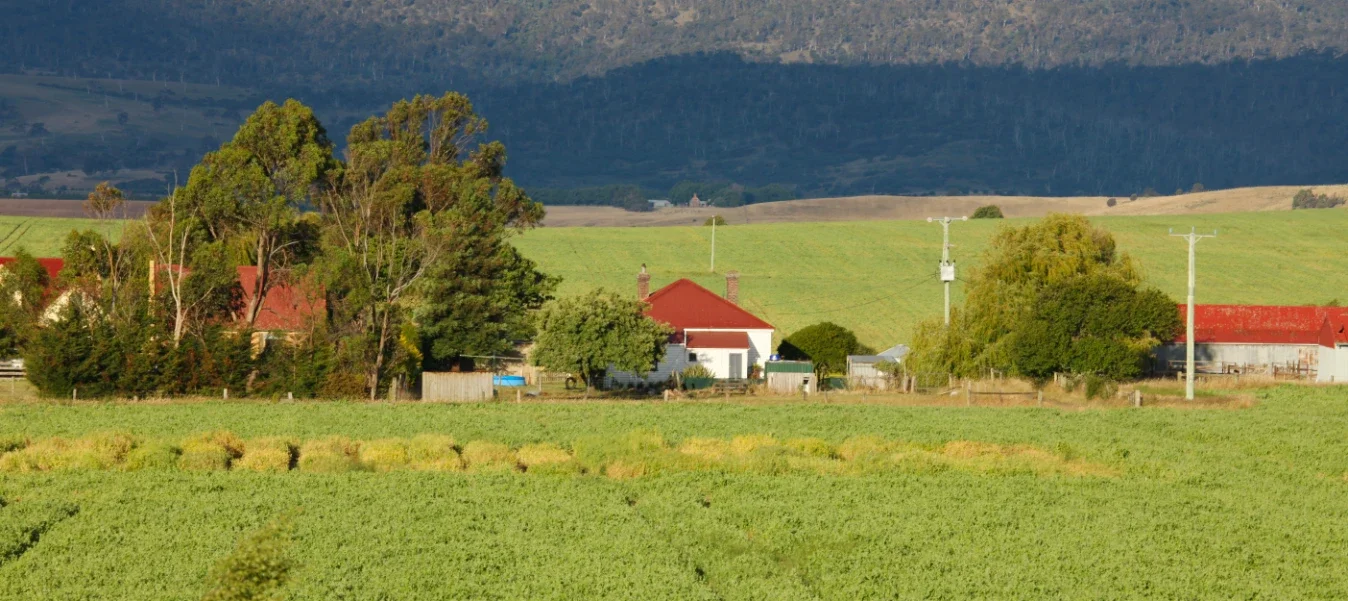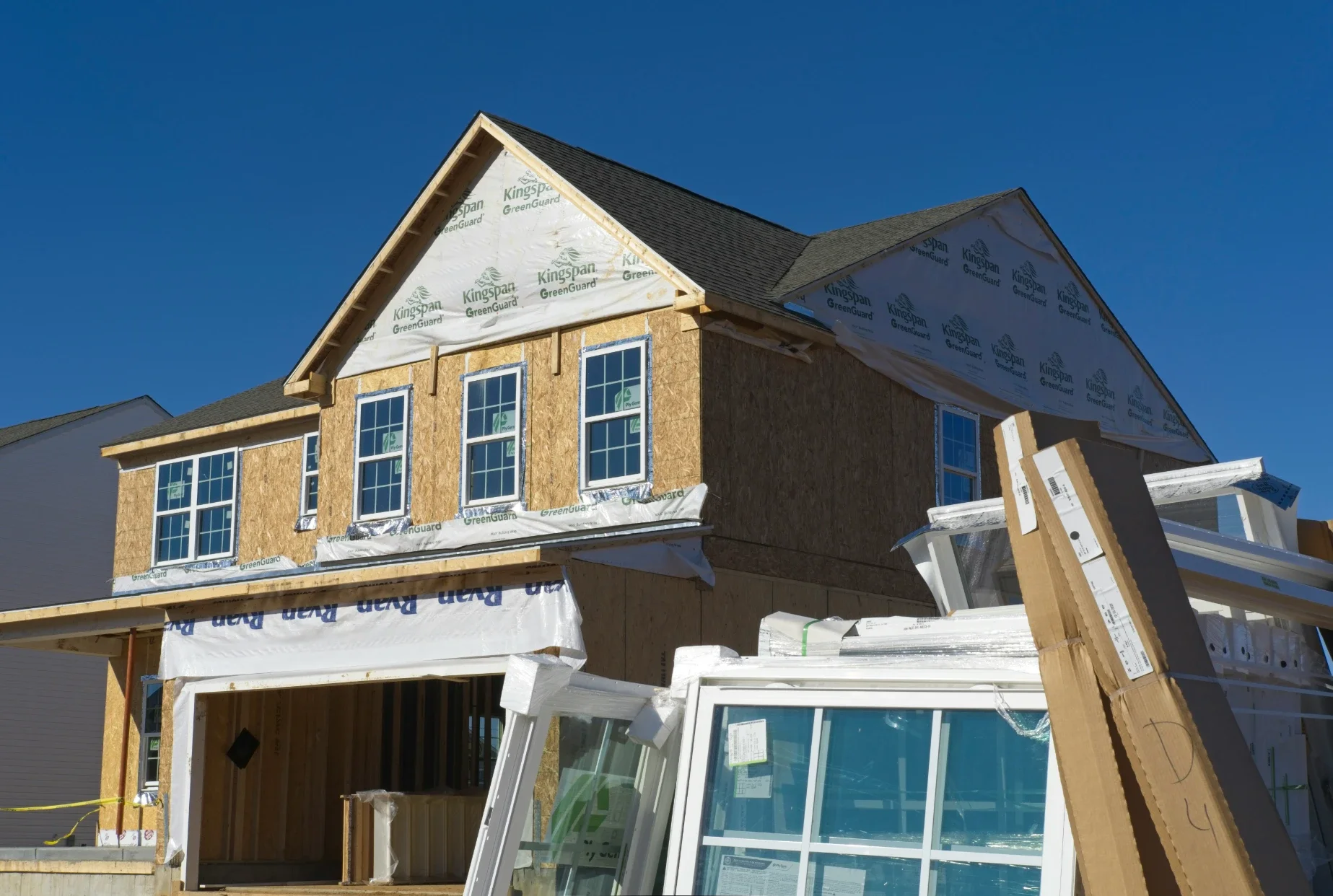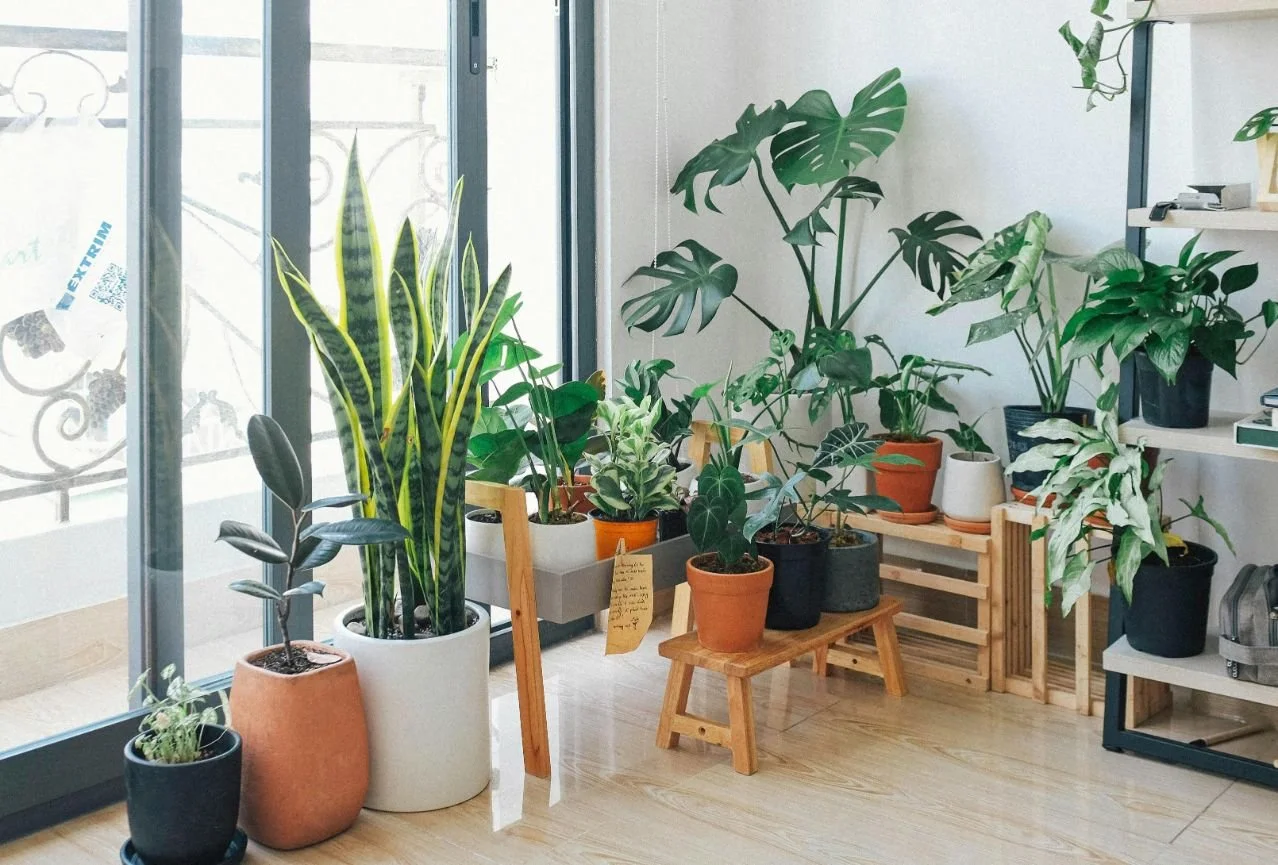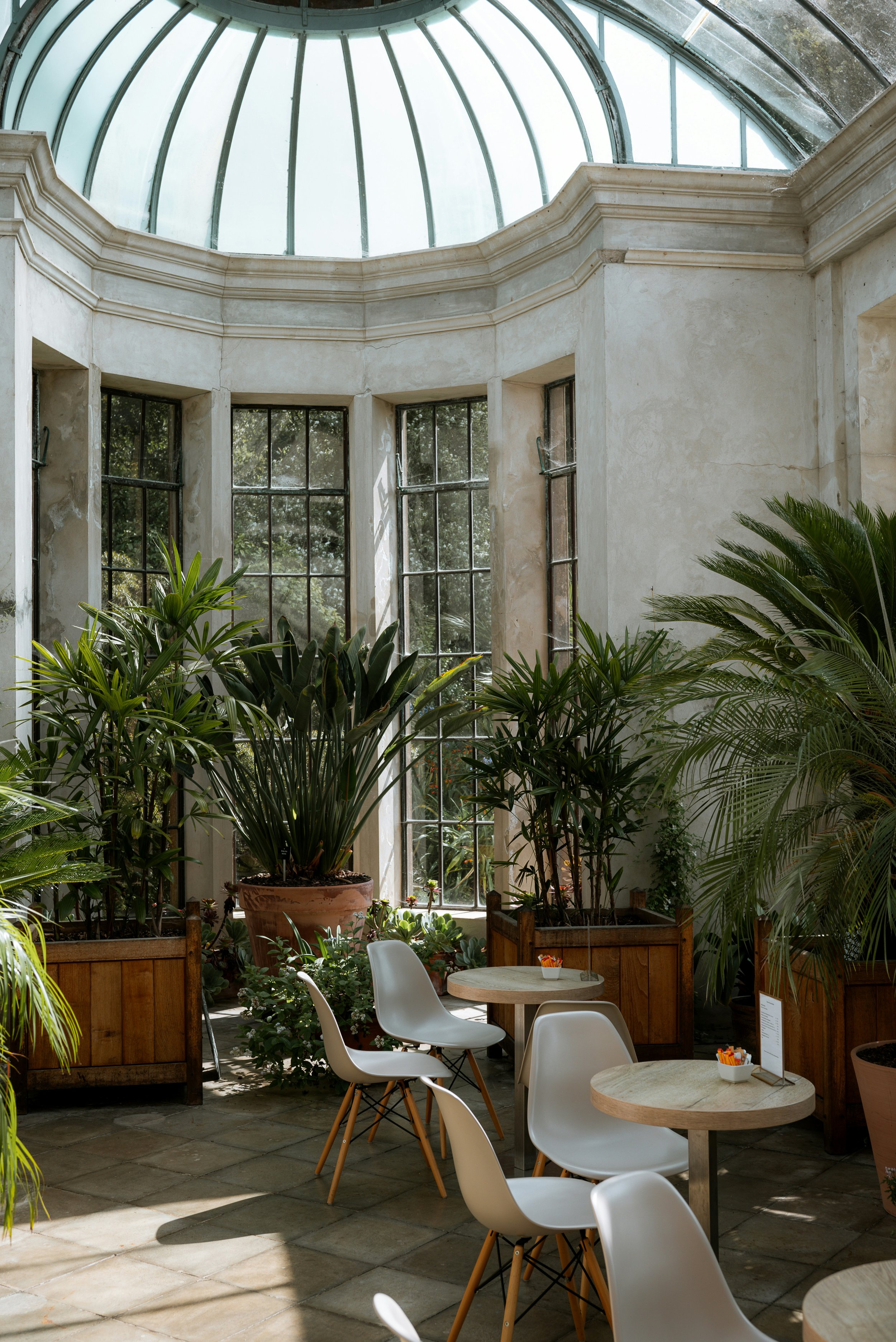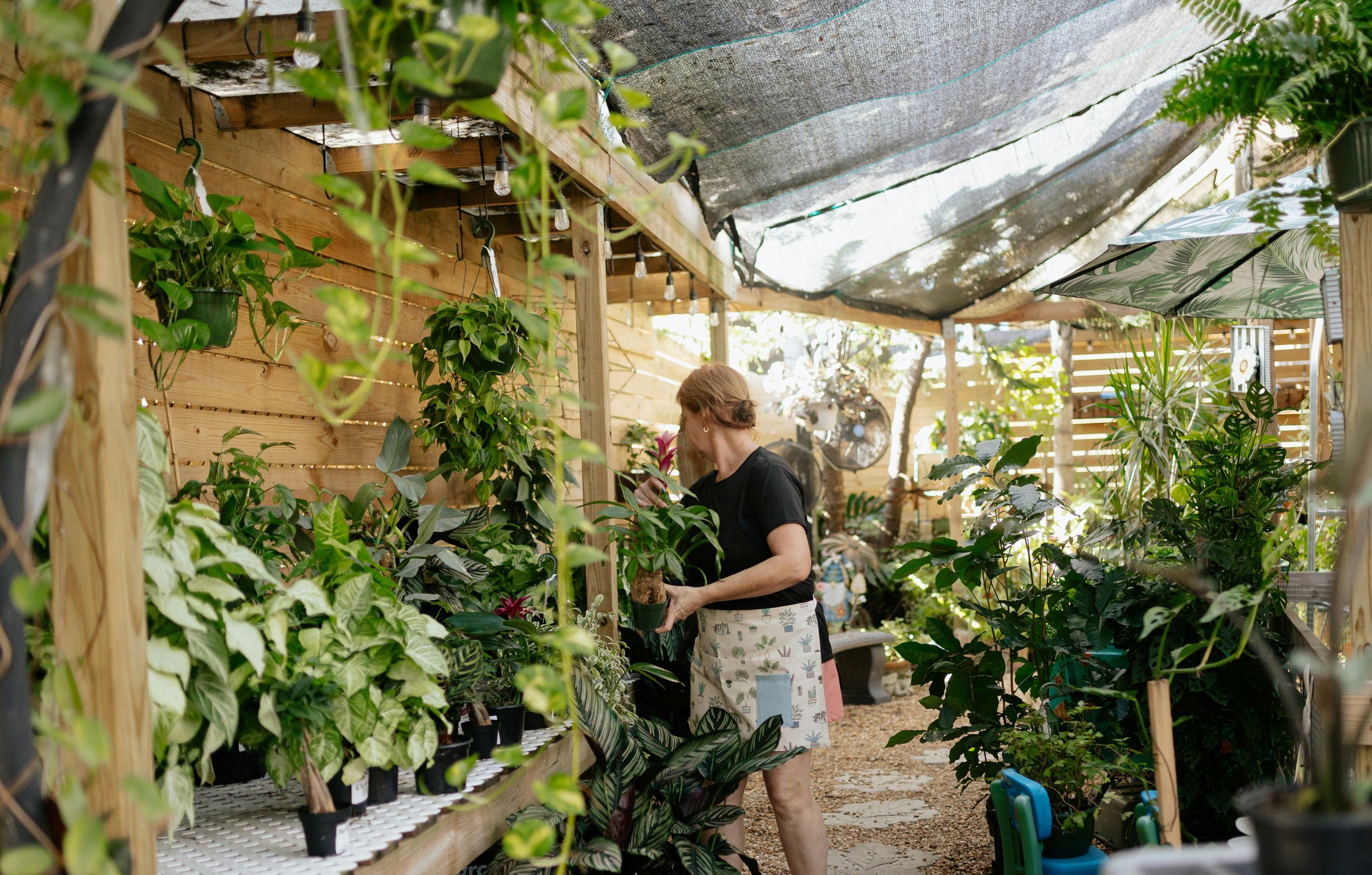3 Sustainable Home Features to Have When Considering a Move to Agricultural Land
Explore three sustainable home features that make living on agricultural land more efficient, eco-friendly, and practical for long-term comfort.
A transition from traditional to agricultural land is not simply a change of surroundings but it also exposes you to entirely new concepts of home utilization. When you own larger areas of land out in the countryside, your home is directly influenced by sun, air currents, soil, and water resources to a larger extent than in urban areas. Identifying the right sustainable features from the beginning can make a lot of difference.
Why Sustainability Matters on Agricultural Land
When moving to agricultural land, your home becomes part of the landscape, not just a solitary unit on its own. Choosing your region affects how sustainable your lifestyle will be. This is because each region has its own unique climate and soil composition, making one region’s sustainability different from others.
For instance, Ocala and Marion County offer a compelling case study because they demonstrate how original strengths integrate with sustainable home building. Conventional farms for sale in Ocala, FL appeal to buyers because of the naturally occurring synergies between renewable energy use and farming driven by the region's soil composition and environmental factors.
Similarly, equestrian and farming history and initiatives to preserve farms in Ocala also highlight how neighborhoods have rallied around land use as a shared value. You should know the most important suitable home features to go for. Here are some suggestions to consider:
Solar Panels
One of the most effective sustainable methods for your rural home is to have a properly designed solar and passive energy system. Solar-powered rooftop installations can fulfill most of your electricity consumption, especially for water pumps, air conditioners, and agricultural machinery operated during sunny hours.
When combined with passive design options, such as having your primary interior spaces faced towards winter sun, installing roof overhangs to shade your home from summer sunlight, and buying high-quality windows for insulation, you will be able to lower your energy consumption before your actual generation begins. These simple moves make rooftop solar installations even more effective for your home.
Rainwater Harvesting
Grey water reuse and rainwater harvesting become a lot more effective on agricultural land because they link your home directly to the water cycle on your property. Having a simple system of gutters, first flush filters, and water storage and distribution can help irrigate gardens, orchards, and shelterbelts on your land or farm.
Similarly, grey water from showering and laundry can also be distributed to subsurface irrigation areas, which helps reduce stress on wells and runoff. With time, this helps to establish strong roots and reduce reliance on imported water.
Thermal Design Techniques and Ventilation
Natural ventilation and thermal design techniques allow rural dwellings to maintain a comfortable temperature without having to depend entirely on mechanized solutions for ventilation. A well-designed ventilation technique involves open windows to match prevailing air currents and remove heat and moisture from residential areas in the evenings.
Similarly, thermal mass provided by concrete flooring or interior walls can absorb heat energy during daytime and radiate it at night to reduce temperature fluctuations. By effectively decreasing both heating and cooling demands with good insulation techniques and air-tight constructions, you really don’t have to rely too much on power derived from on-site energy sources.
Endnote
A carefully designed sustainable approach adds to energy cost savings and it also makes it possible for residents to live in sync with the dynamics of agricultural land. Anyone moving to a rural plot should invest in energy and water management systems along with understanding various land management techniques to facilitate a comfortable, sustainable way of living over the long term.
